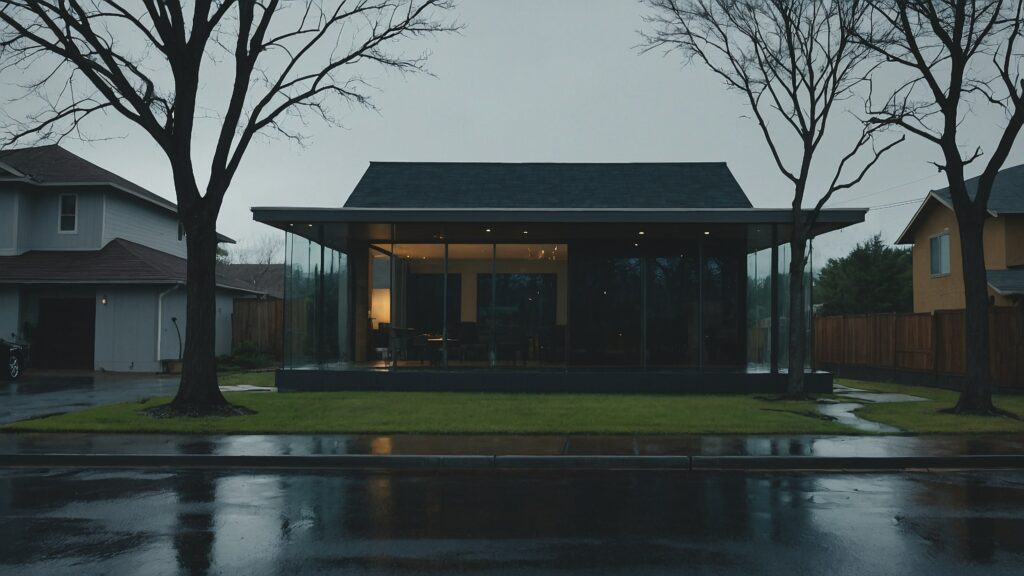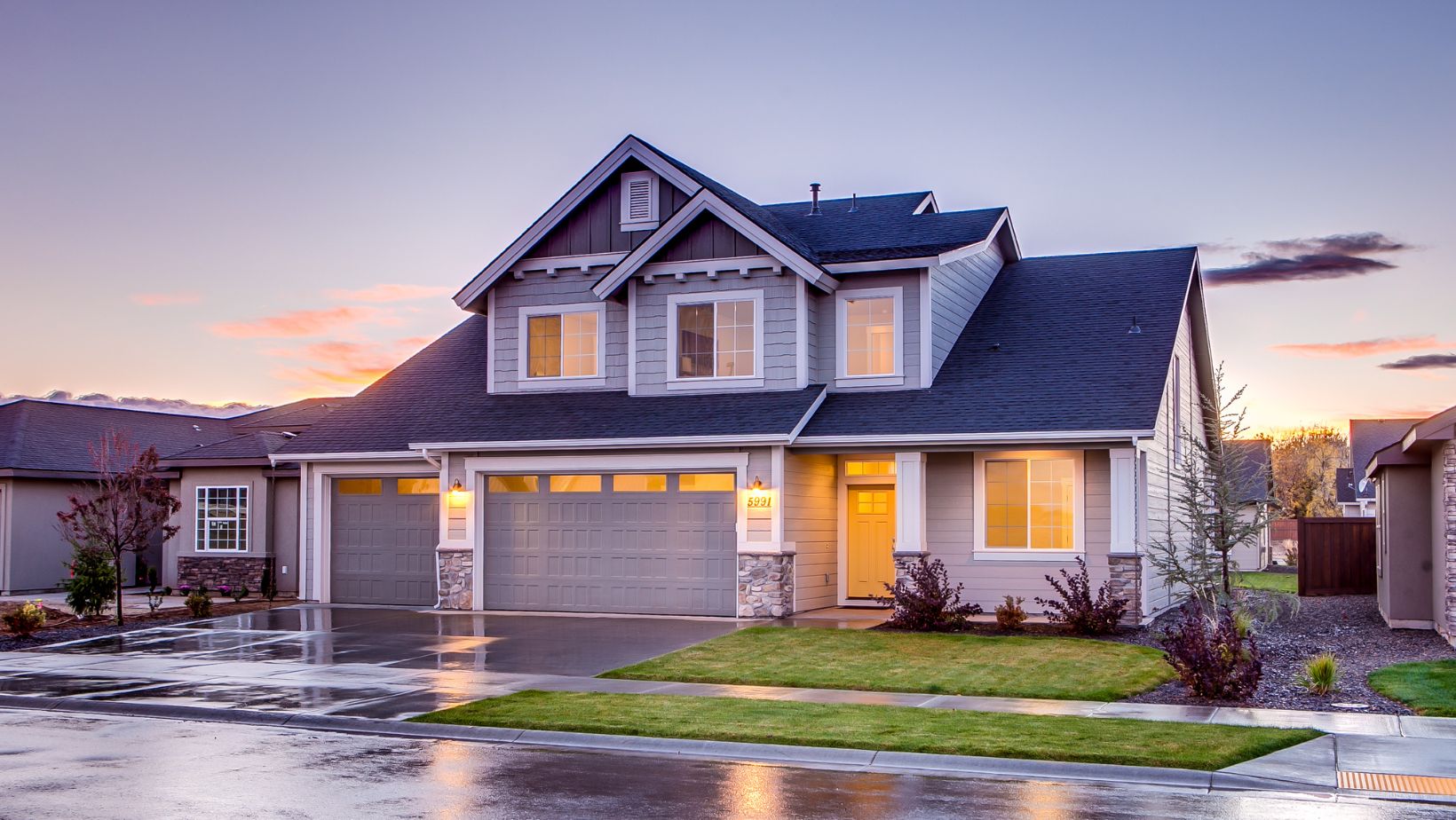Adverse weather is a concern for homeowners across the US, and data shows that they have a valid reason to worry. According to the National Centers for Environmental Information, the country has witnessed many such events between 1980 and 2024. In total, there were 203 severe storms, 67 tropical cyclones, 45 flooding, and 24 winter storm disasters in this period.
Imagine the impact of the elements on your property if you live in a disaster-prone area. Even big and developed cities are at risk, as it happened during the California wildfires. Weather-proofing your home ensures comfort, energy efficiency, and structural integrity.
However, mistakes during the process can make the effort go to waste. These blunders lead to loss of money and ineffective results. In this article, we will highlight the pitfalls to avoid when investing in residential weather-proofing.
Mistake #1: Undermining Maintenance Issues
A survey by Today’s Homeowner found that nearly 59% of homeowners across the US defer maintenance tasks due to affordability challenges. Also, 82% of homeowners have at least one repair task they must look after. Plumbing issues, window repair, roof repair, painting, and HVAC maintenance are the most common ones.
Neglecting regular maintenance and repairs is the worst thing to do when it comes to weather-proofing your home. Think of simple tasks like cleaning gutters and inspecting downspouts, no matter how trivial they seem. Clogged gutters can cause overflowing of water. This can damage siding, soffits, fascia, and even your home’s foundation.
Experts recommend cleaning gutters at least twice a year. Installing gutter guards can lower the risk of clogs and water damage. No maintenance issue should be overlooked because you may end up with major repairs once the weather turns rogue.
Mistake #2: Using the Wrong Materials
Choosing inappropriate or incompatible materials is a frequent error people make when investing in residential weather-proofing. Each project requires materials suited to the location and specific environmental conditions of a home.
The US Department of Energy recommends choosing the weatherstripping material wisely. Opt for one that can withstand weather changes, friction, and wear and tear according to the location of your property. Using the wrong type of weatherstripping can lead to premature failure and leaks.
Also, select products rated for your climate and the intended application. For example, what works for a window may not be appropriate for a door or roof. Similarly, mixing incompatible materials can also cause chemical reactions that compromise the effectiveness of your weather-proofing system. Ensure compatibility between all products used together and follow manufacturer recommendations.
Mistake #3: Skimping on Insulation
Insufficient insulation is a costly mistake, even if it does not seem like a big deal. Skimping on insulation reduces your home’s comfort and increases wear on your HVAC system. Even worse, inadequate insulation can lead to higher energy bills. A ScienceDirect study also associates high energy usage with increased greenhouse emissions.
Proper insulation in attics, walls, and floors can help maintain consistent indoor temperatures and prevent drafts. Pay attention to details like the exterior window trim as it does more than add aesthetic value to your home. It also offers functional weather resistance and improves the structural integrity of the property.
According to Belco Forest Products, proper installation of window trims can create a robust barrier against harsh weather. Don’t cut corners, and invest in quality insulation and ensure it is installed to the recommended thickness.
Mistake #4: Relying Too Much on DIY Jobs
DIY solutions can be tempting for homeowners as they can help them save loads of money. Statista notes that DIY home improvement has a huge market in the US. Data reveals that sales in this segment reached an impressive $328 billion in 2024. Hardware store and lumberyard sales alone touched $200 billion in the same year.
However, over-reliance on DIY often leads to incomplete or temporary fixes. Common DIY mistakes include using caulk to fill structural cracks and not understanding the root cause of issues. Relying on infomercial products that promise quick fixes but lack durability is also a blunder you should avoid.
Major weather-proofing tasks, such as sealing major foundation cracks or installing advanced drainage systems, are best left to professionals. They have the experience and expertise to diagnose and address the underlying problems.
Mistake #5: Neglecting Regular Inspections
Weatherproofing is not something you can set and forget, and if you do it, this could be the worst mistake. You must keep an eye on the efficacy of the projects and address the gaps to protect your property from disastrous events.
Regular inspections can help catch new leaks, worn seals, or damaged materials before they cause big problems. Corners, joints, and penetration are common weak points that require extra care and reinforcement.
Schedule seasonal checks of your home’s exterior, including windows, doors, roofs, and basements. Address any issues promptly to maintain your home’s weather resistance throughout the year.
FAQs
How do you weather-proof windows and doors?
Several measures can be implemented to weather-proof the windows and doors of your home. Start by sealing gaps and drafts with weatherstripping. You can add door sweeps to block air infiltration at the bottom of exterior doors. Apply foam tape to warped frames and insulate window film for added thermal protection.
How long does the weather seal last?
The lifespan of weather seals varies by material and exposure to elements. For example, foam weatherstripping lasts for 1–3 years, but may need more frequent replacement in high-traffic areas. Conversely, vinyl and metal weatherstripping offers protection for several years, with metal options. Caulk lasts for 5–10 years, depending on quality and exposure.
Is weather sealing worth it?
Weather sealing is a worthwhile investment as it offers several benefits. It can help cut down energy bills by minimizing heat loss in winter and heat gain in summer. Further, it enhances indoor comfort by preventing drafts and temperature fluctuations. You can rest assured about protecting your home from moisture damage, mold, and rot.
Residential weather-proofing is a wise investment, particularly if you live in a disaster-prone zone. However, it requires more than installing weatherstripping and adding a coat of weather-safe paint. Plan wisely and execute smartly to get the best results at a minimal cost. Moreover, you must steer clear of these mistakes to make the project a success.



More Stories
How Material Innovation Is Influencing Contemporary Design Objects
How Automation and Smart Tools Are Transforming Architectural Practice
Why Turnkey Sweepstakes Software Is Catching On Fast